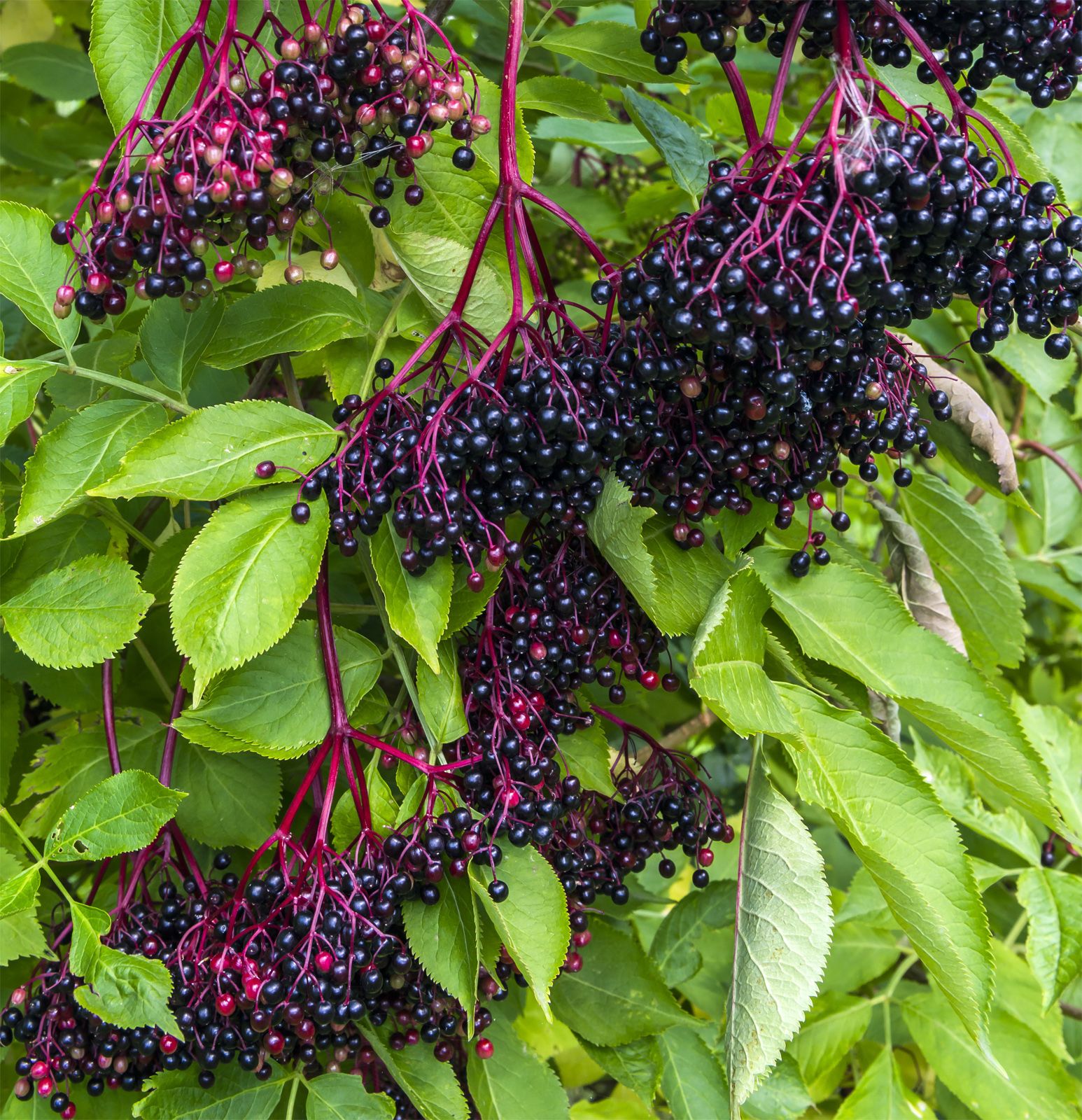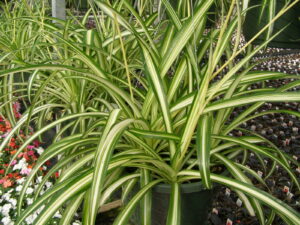Welcome to the ultimate guide on the Elderberry plant, a remarkable botanical treasure that has been revered for centuries for its health benefits. Whether you’re interested in natural remedies, herbal supplements, or simply expanding your knowledge of plants, this article will provide valuable insights into the Elderberry plant. From its history and cultivation to its numerous health benefits and uses, we’ll explore everything you need to know about this extraordinary plant.
1. What is the Elderberry Plant?
The Elderberry plant, scientifically known as Sambucus nigra, is a deciduous shrub native to Europe, North Africa, and Western Asia. It belongs to the Adoxaceae family and is characterized by its clusters of small, creamy-white flowers and dark purple berries. The plant can grow up to 10 feet tall and is known for its distinctive pinnate leaves.
2. Historical Significance and Cultural Importance
The Elderberry plant has a rich historical and cultural significance that dates back centuries. In ancient times, it was believed to have protective qualities against evil spirits and was commonly used in rituals and ceremonies. It was also highly regarded for its medicinal properties and was used to treat various ailments.
Throughout history, Elderberry has been mentioned in numerous folklore tales and legends. In European folklore, it was believed that Elder trees had protective spirits residing within them. It was also associated with witches, and it was said that they could transform into Elder trees for their magical rituals.
3. Cultivation and Growing Conditions
If you’re interested in growing Elderberry plants, it’s important to understand their preferred growing conditions. Elderberries thrive in moist, well-drained soil and prefer full sun or partial shade. They are hardy plants that can tolerate a wide range of soil types, including clay and sandy soil.
When planting Elderberries, it’s crucial to ensure proper spacing between the plants. They should be planted about 6 to 10 feet apart to allow for adequate airflow and prevent the spread of diseases. Pruning is also necessary to maintain the shape and health of the plant.
4. Health Benefits of Elderberries
Elderberries are renowned for their potent health benefits, making them a popular choice in natural remedies and herbal supplements. Let’s explore some of the key health benefits associated with consuming Elderberries:
4.1 Boosts the Immune System
Elderberries are rich in antioxidants, including flavonoids and anthocyanins, which help strengthen the immune system. These antioxidants protect the body against oxidative stress and inflammation, reducing the risk of chronic diseases.
4.2 Cold and Flu Relief
Elderberry extract has been proven to be effective in reducing the symptoms and duration of colds and flu. It can help alleviate congestion, coughing, and sore throat. Its antiviral properties inhibit the replication of the virus, speeding up recovery.
4.3 Supports Heart Health
Studies have shown that Elderberries can help lower blood pressure and improve heart health. The plant compounds in Elderberries promote the production of nitric oxide, which helps relax blood vessels and reduces the risk of cardiovascular diseases.
4.4 Anti-Inflammatory Properties
Elderberries possess powerful anti-inflammatory properties that can help reduce inflammation in the body. Chronic inflammation is linked to various health conditions, including arthritis, heart disease, and certain types of cancer.
4.5 Rich in Nutrients
Elderberries are packed with essential vitamins and minerals, including vitamin C, vitamin A, potassium, and iron. These nutrients are vital for overall health and well-being, supporting the immune system, promoting healthy skin, and boosting energy levels.
5. Uses of Elderberries
Elderberries have a wide range of uses, from culinary applications to medicinal purposes. Let’s explore some of the common uses of Elderberries:
5.1 Culinary Uses
Elderberries are commonly used in the culinary world to create delicious and nutritious dishes. The berries can be used to make jams, jellies, pies, and syrups. They can also be added to smoothies, baked goods, and beverages for a burst of flavor.
5.2 Medicinal Applications
Elderberries have long been used in traditional medicine for their medicinal properties. They can be consumed in various forms, including syrups, tinctures, teas, and supplements. Elderberry-based products are often used to boost the immune system, alleviate cold and flu symptoms, and promote overall well-being.
5.3 Natural Dye
The dark purple berries of the Elderberry plant can be used as a natural dye. They produce a vibrant purple color that can be used to dye fabrics, yarns, and other materials.
5.4 Ornamental Plant
Aside from its practical uses, the Elderberry plant is also valued for its ornamental qualities. The clusters of white flowers and vibrant berries make it an attractive addition to gardens and landscapes.
6. Precautions and Potential Side Effects
While Elderberries offer numerous health benefits, it’s important to exercise caution and be aware of potential side effects. Here are some precautions to keep in mind:
6.1 Unripe Berries
Eating unripe or undercooked Elderberries can cause nausea, vomiting, and diarrhea. It is crucial to ensure that the berries are fully ripe and properly cooked before consumption to avoid any adverse effects.
6.2 Toxicity of Leaves and Stems
The leaves, stems, and roots of the Elderberry plant contain a toxic compound called cyanogenic glycosides. These parts of the plant should never be consumed as they can cause severe illness. It’s important to handle the plant with caution and avoid any contact with these toxic components.
6.3 Allergic Reactions
Some individuals may be allergic to Elderberries. If you experience any allergic symptoms, such as itching, rash, or difficulty breathing, discontinue use immediately and seek medical attention.
7. Conclusion
In summary, the Elderberry plant is a remarkable botanical treasure that offers a myriad of health benefits and uses. From boosting the immune system to providing relief from cold and flu symptoms, Elderberries have been revered for centuries for their medicinal properties. Whether consumed in culinary creations or used in traditional medicine, Elderberries continue to captivate and inspire individuals around the world.
Frequently Asked Questions (FAQs)
1. Can I eat Elderberries raw?
While ripe Elderberries are safe to eat, it is generally recommended to cook them before consumption. Cooking the berries helps eliminate any potential toxins and enhances their flavor.
2. Can Elderberries be used during pregnancy?
Pregnant or breastfeeding women should consult with their healthcare provider before consuming Elderberry products. While Elderberries are generally safe, it’s important to ensure they do not interact with any medications or pose any risks during pregnancy or breastfeeding.
3. Are there any drug interactions with Elderberries?
Elderberries may interact with certain medications, including diuretics, laxatives, and immunosuppressants. It’s advisable to consult with a healthcare professional if you are taking any medications to ensure there are no potential interactions.
4. Can I grow Elderberry plants indoors?
While it is possible to grow Elderberry plants indoors, they are typically better suited for outdoor cultivation. Elderberries require a significant amount of space, sunlight, and proper airflow, which can be challenging to replicate indoors.
5. Where can I purchase Elderberry products?
Elderberry products, such as syrups, tinctures, and supplements, can be found in health food stores, online retailers, and herbal shops. It’s important to choose reputable sources and ensure the products are made from high-quality Elderberries.



